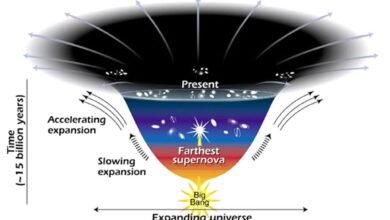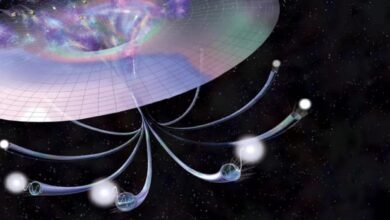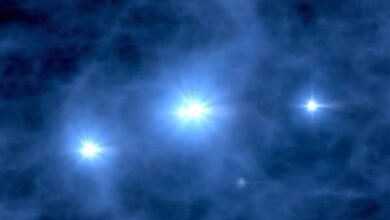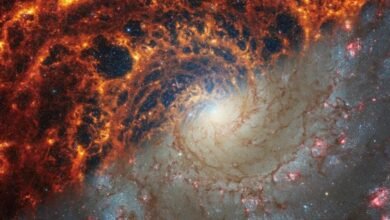Ask Ethan: What if the Sun were a grain of sand? | by Ethan Siegel | Starts With A Bang! | Jan, 2024

The cosmic scales governing the Universe are almost unbelievably large. What if we shrunk the Sun down to be just a grain of sand?
From the perspective of a human being, it’s almost impossible to fathom just how mind-bogglingly large the cosmic scales are. An average human is a little less than 2 meters in height, but planet Earth is more than 12,000 kilometers in diameter. The Sun is larger, at 1.4 million kilometers across, and incredibly far away: some 150 million kilometers distant. And these numbers, grand though they may seem, are paltry compared to what lies beyond our inner Solar System. Neptune is more than 4 billion kilometers away; the next-nearest star, Proxima Centauri, is 4.2 light-years (or ~40 trillion km) distant, while the Milky Way itself is more than 100,000 light-years across.
All of that doesn’t even take us beyond our own galaxy, to the trillions of others stretched across the observable Universe. Yes, it’s incredibly hard to fathom, but what if we shrunk those scales down to something more familiar? That’s the idea of Patreon supporter Pete Smoyer, who wants to know:
“if a grain of sand was a scale model of star in a galaxy, how far apart would each grain of sand / star be on average? At this scale, how far would the Andromeda galaxy be from the Milky Way?”
Let’s take the analogy literally, using our own Sun as the template for a star. If the Universe were shrunk down so that they Sun were a grain of sand, what would the Universe look like?
The Sun as a grain of sand
Our Sun is the largest, most massive, and also most naturally perfect spherical object found in our Solar System. Its vital stats are as follows:
- Age: 4.6 billion years.
- Mass: 2 × 10³⁰ kg.
- Diameter: 1.4 × 10⁹ meters (or 1,400,000 km).
- Distance from Earth: 1.496 × 10¹² meters (or 150,000,000 km).
Source link





